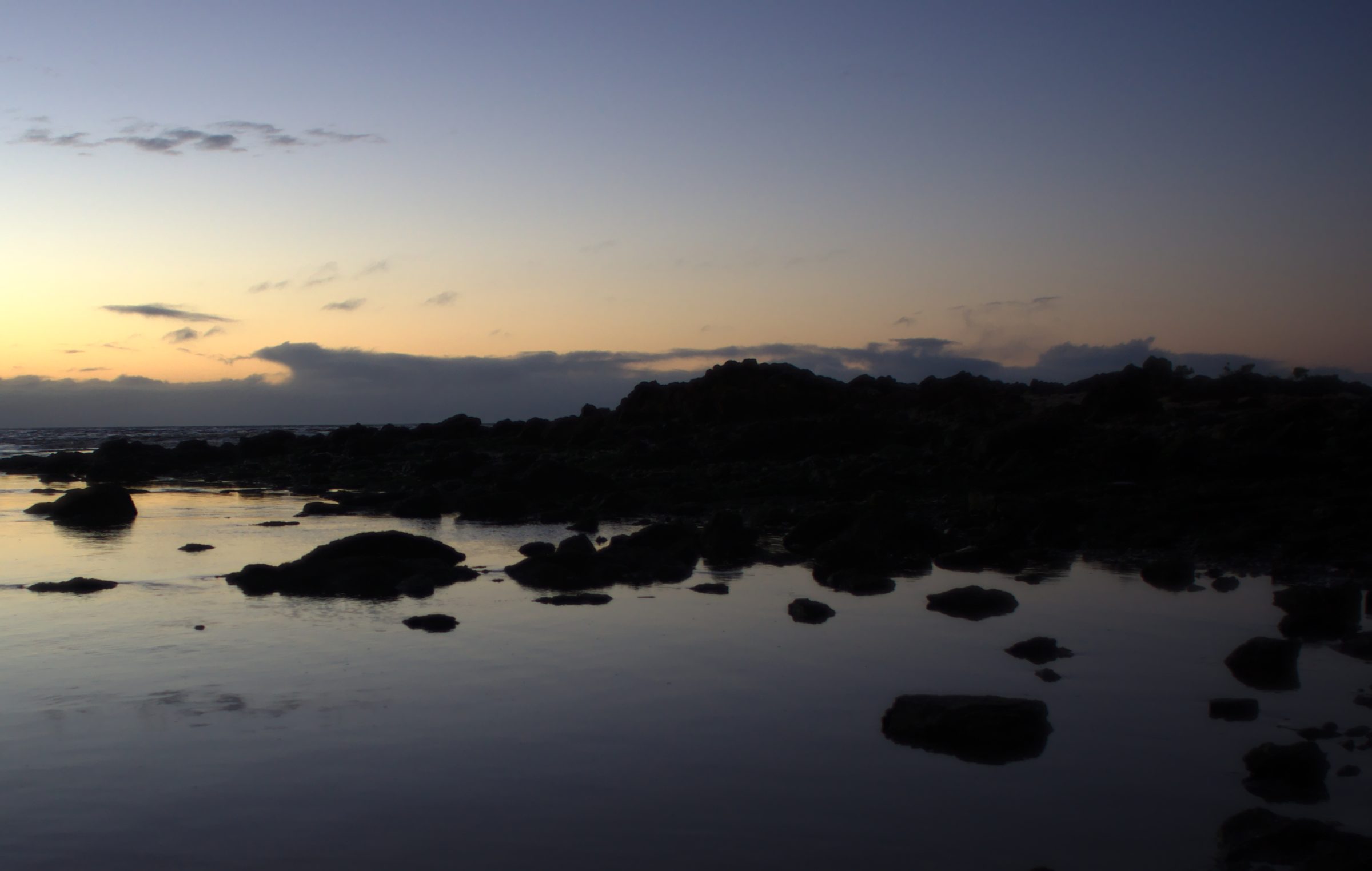When you visit the Charles L. Pack Experimental Forest, you are not just taking a walk through a forest, you’re seeing sustainability in action. Through spacing trials, selection thinning, fertilizer treatments, and ecosystem-value services research, the Center of Sustainable Forestry demonstrates that sustainability and active forest management are not mutually exclusive. Read this exploration of the many faces of Pack Forest in this TimberWest Magazine story.
Read more »Live video from the NE Pacific Ocean, streaming daily
There’s live video coming in daily from the Northeast Pacific Ocean! The University of Washington’s Ocean Observatories Initiative team of scientists and engineers is at sea again this summer, and they are once again streaming live video via a website as they build the first U.S. regional cabled ocean observatory. Using the underwater robotic vehicle ROPOS deployed from the UW Research Vessel Thomas G.
Read more »Like pressure-cookers, some volcanoes "scream" at ever-higher pitches before they blow their tops
It is not unusual for swarms of small earthquakes to precede a volcanic eruption. They can reach a point of such rapid succession that they create a signal called harmonic tremor that resembles sound made by various types of musical instruments, though at frequencies much lower than humans can hear. A new analysis, co-authored by ESS PhD student Alicia Hotovec-Ellis, of an eruption sequence at Alaska’s Redoubt Volcano in March 2009 shows that the harmonic tremor glided to substantially higher frequencies and then stopped abruptly just before six of the eruptions, five of them coming in succession.
Read more »Demystifying the paradox of the warm poles of the Cretaceous
Fifty-five million years ago there were crocodiles above the Arctic circle and the deep ocean was 12 degrees Celsius warmer than today. Also, the difference in temperature between the poles and the equator was much less than present day, and this has been a challenge for climate scientists to understand. This week a new study, co-authored by ATMO’s Brian Rose, provides an explanation to this paradox; read more in this MIT article.
Read more »Julia Parrish speaks at the White House on citizen science
Julia Parrish, CoEnv Associate Dean of Academic Affairs and Diversity, was one of 12 “champions of change” invited to share their ideas on public engagement in science and science literacy June 25 at the White House. Read about this great event and Julia’s work in citizen science at this UW News story.
Read more »

